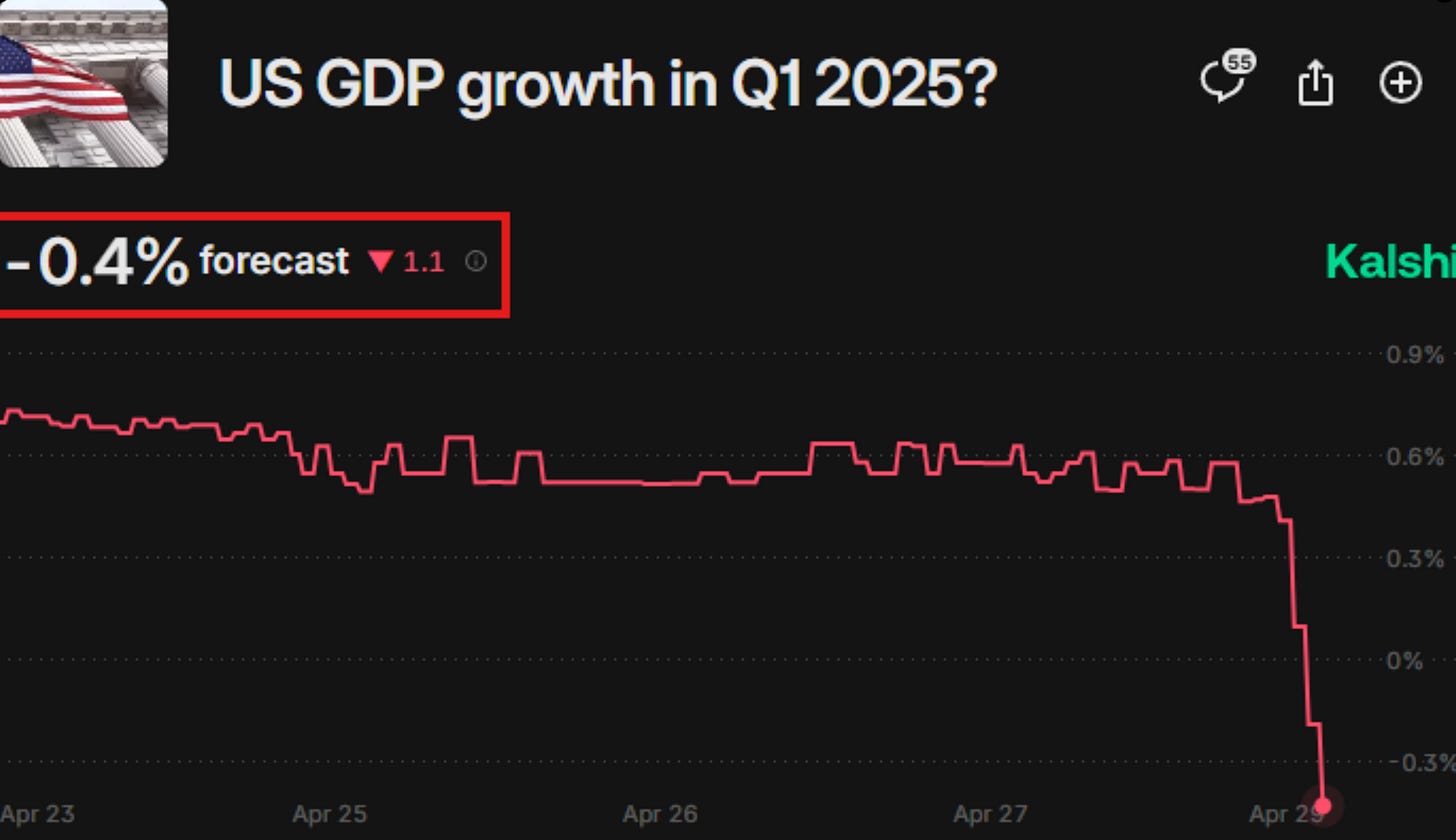Musk Reverse at Tesla, Retail Investors Outbuy Hedge Funds, China Activates First Thorium Reactor
1.) Musk Hits Reverse at Tesla
Elon Musk is shifting gears, vowing to reduce his role at the government’s Department of Government Efficiency (DOGE) and re-focus on Tesla after a record-breaking crash in Q1 sales. But Wall Street isn’t buying the fix just yet. Despite a modest stock rebound, Tesla’s sales cratered 71% and its once-envied brand is bleeding — hit by protests, showroom vandalism, and customer exits, especially in liberal markets once core to its EV dominance.
Musk’s political entanglements—from Trump endorsements to platforming extremists on X—have triggered what brand strategists are now calling “irreversible damage.” Former fans are fleeing, and even Tesla bulls like Wedbush’s Dan Ives warn the fallout could cut demand by 10% long term. “Brand homicide,” says one analyst. For a company built on climate ideals, Musk’s MAGA detour may be the sharpest U-turn yet.
2.) Retail Investors Buying the Dip
A market role reversal is in full swing. Since President Trump’s tariff announcement on April 2, retail investors have funneled $30 billion into U.S. stocks and ETFs, while 97% of Vanguard’s 401(k) holders stayed put. At the same time, hedge funds have sold over $1 trillion more than they’ve purchased this year, according to JPMorgan.
What’s driving the shift?
Retail investors are increasingly treating downturns as buying opportunities, focusing on long-term resilience rather than short-term hype.
Hedge funds aren’t fleeing out of fear, but because falling stock values are squeezing leveraged positions and forcing asset sales.
The bigger question is which approach—hold or fold—will prove right. After the 2000 dotcom bust, it took the S&P 500 seven years to fully recover.
3.) China Powers Up First Thorium Reactor
China has quietly leapfrogged into the lead of next-gen nuclear energy by successfully reloading fuel into a working thorium molten salt reactor—without shutting it down. The breakthrough, revealed at a closed-door meeting on April 8, marks a turning point in global efforts to replace uranium with safer, more abundant thorium. The 2 MW test reactor, tucked away in the Gobi Desert, is now running live and stable using molten salt tech originally tested—and later abandoned—by the U.S. in the 1960s.
What’s different this time? Thorium produces far less waste, is harder to weaponize, and runs at atmospheric pressure, significantly reducing meltdown risk. Led by Xu Hongjie, China’s team at the Shanghai Institute of Applied Physics rebuilt the reactor using declassified U.S. documents, then pushed the tech further. With a 10 MW version already under construction and plans for thorium-powered ships, China is betting this once-overlooked element could quietly fuel the future.
BREAKING
Pakistan Claims Imminent Indian Attack Within 36 Hours
Q1 GDP Forecast to Show Sharp Slowdown

Meme of the Week
Markets Now See 92% Chance of May Fed Rate Cut After Trump Trade War Sparks Recession Fears




